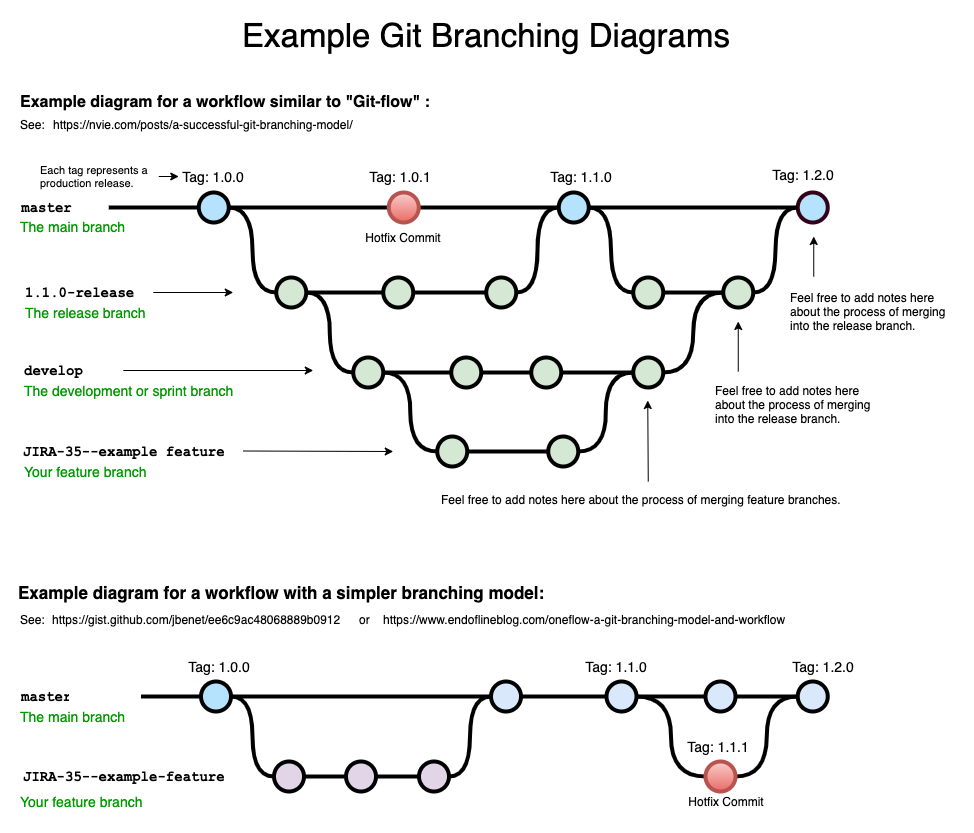
Example Git Branching Diagram · GitHub
A branch in Git is simply a lightweight movable pointer to one of these commits. The default branch name in Git is master . As you start making commits, you're given a master branch that points to the last commit you made. Every time you commit, the master branch pointer moves forward automatically. Note
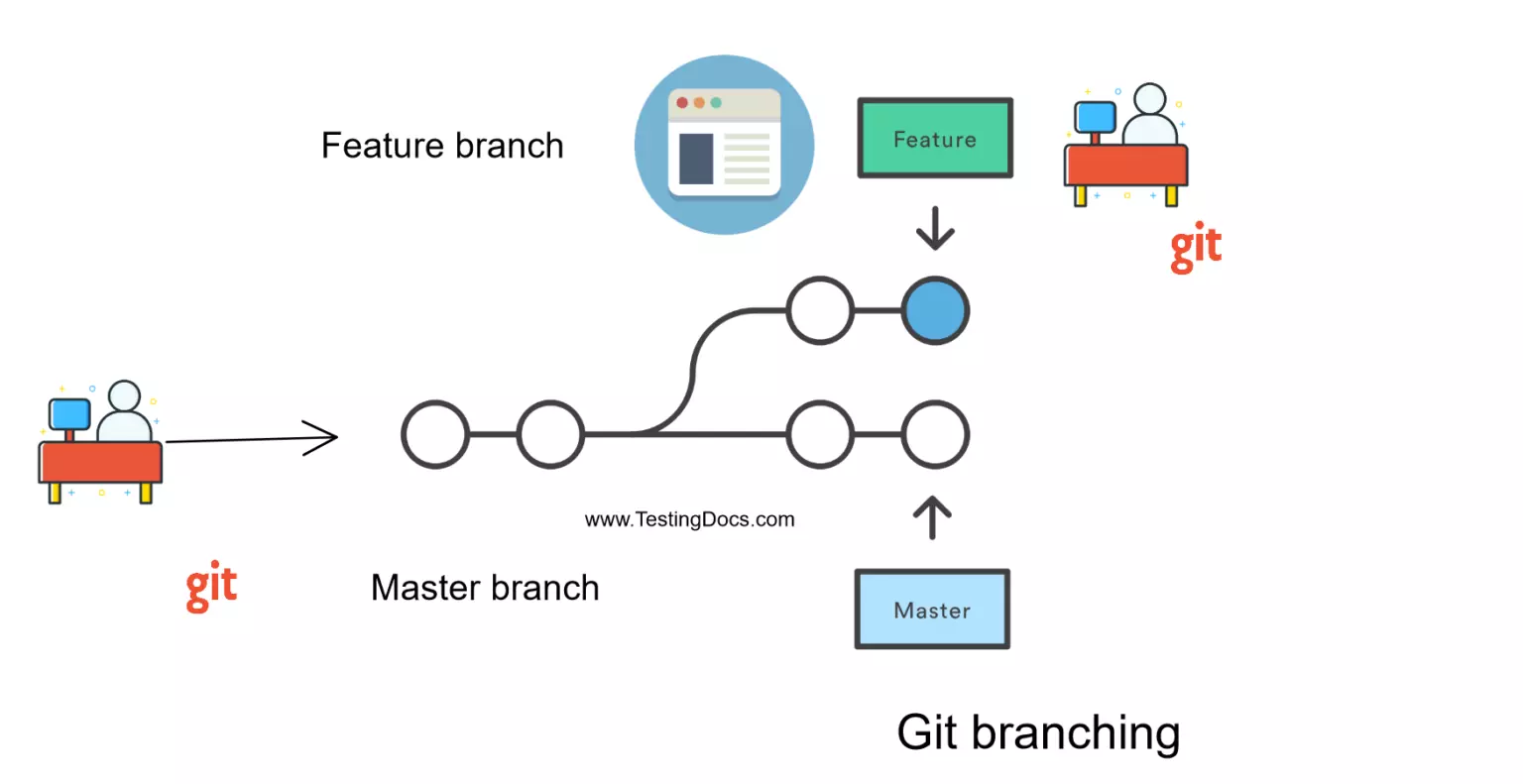
Create a Git Branch
Git - Basic Branching and Merging Chapters 2nd Edition 3.2 Git Branching - Basic Branching and Merging Basic Branching and Merging Let's go through a simple example of branching and merging with a workflow that you might use in the real world. You'll follow these steps: Do some work on a website.
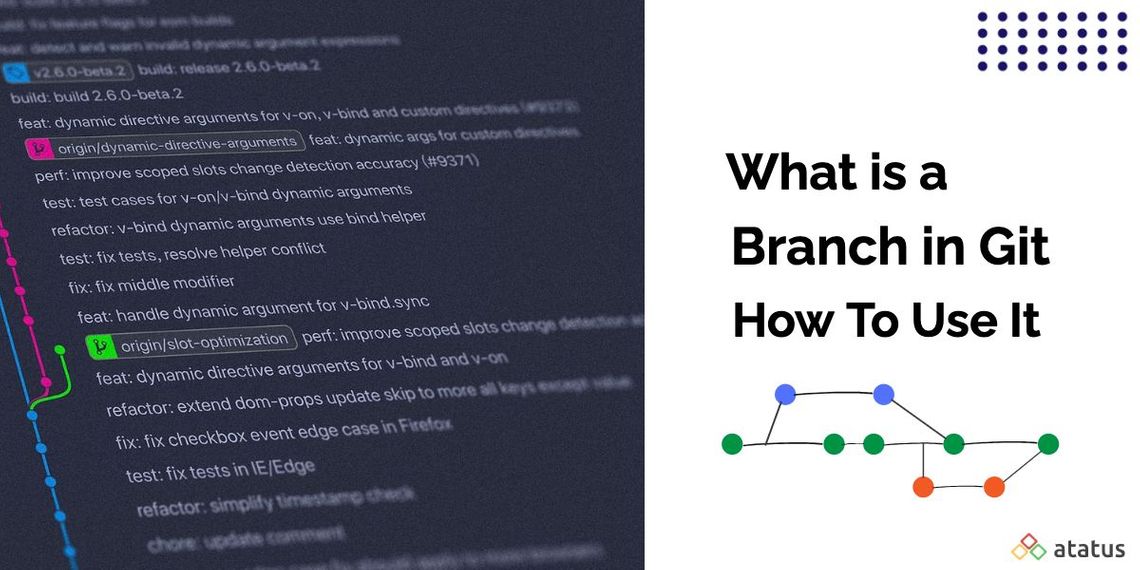
What is a Branch in Git and How to Use It Ultimate Guide
If the branch already exists on the remote, the 'git push' command can be used. Merging branches involves ensuring the working tree is clean, checking out the branch to merge into another and then running the 'git merge my-branch-name' command. Branches can be deleted using 'git push origin --delete my-branch-name' for remote branches and 'git.
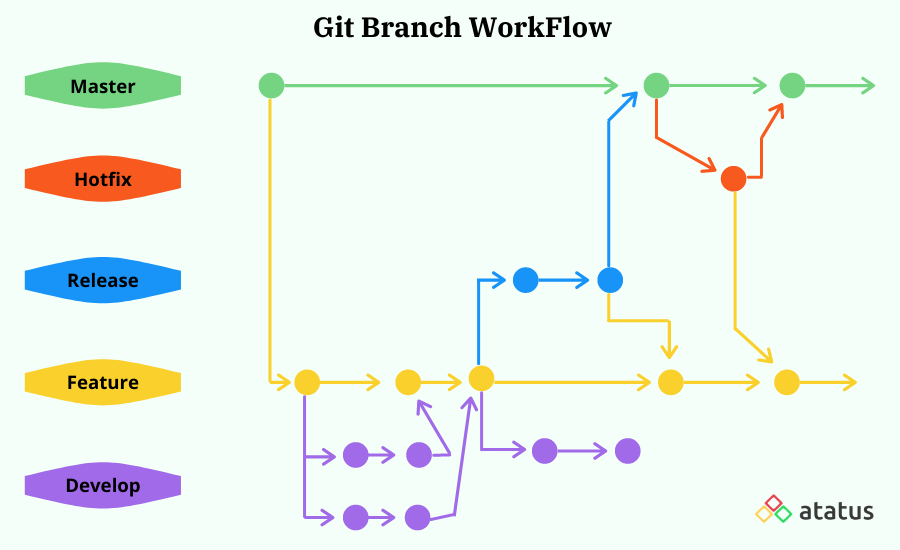
How To Create A Git Branch Learn New From Current What Is In And Use It Ultimate Guide Vrogue
creating new local branches deleting existing local or remote branches listing local and/or remote branches listing branches that e.g. haven't been merged yet Learn More Learn more about the git branch command
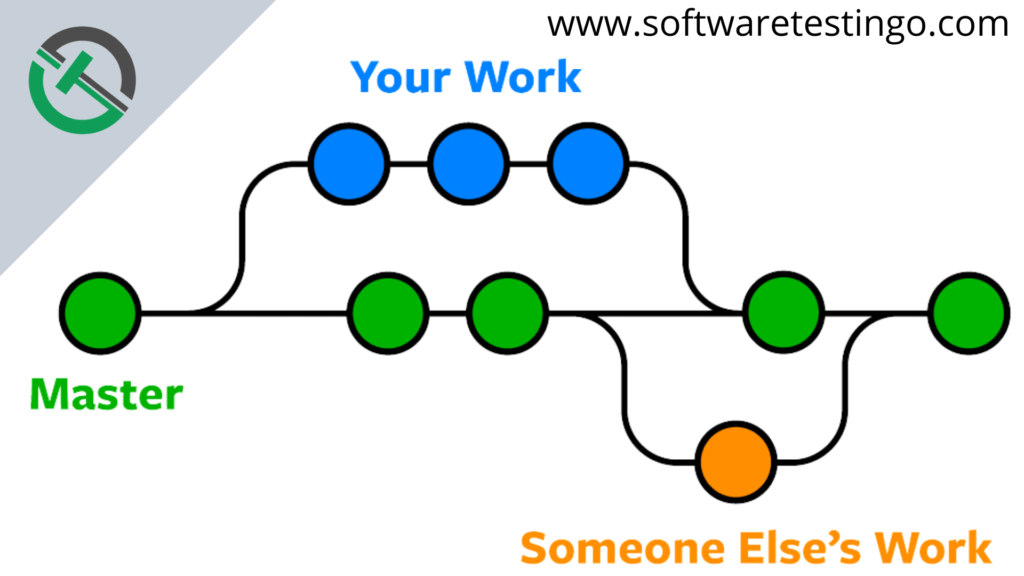
Git Branch How to Use a Git Branch? [ Updated 2023 ]
1 Answer. Sorted by: 26. The -f argument stands for --force. If a branch called master already exists, git will not allow you to overwrite it, unless you use -f. Second parameter ( sub-branch) will be used to determine where the master branch's HEAD should be pointing to. Share. Improve this answer. Follow.
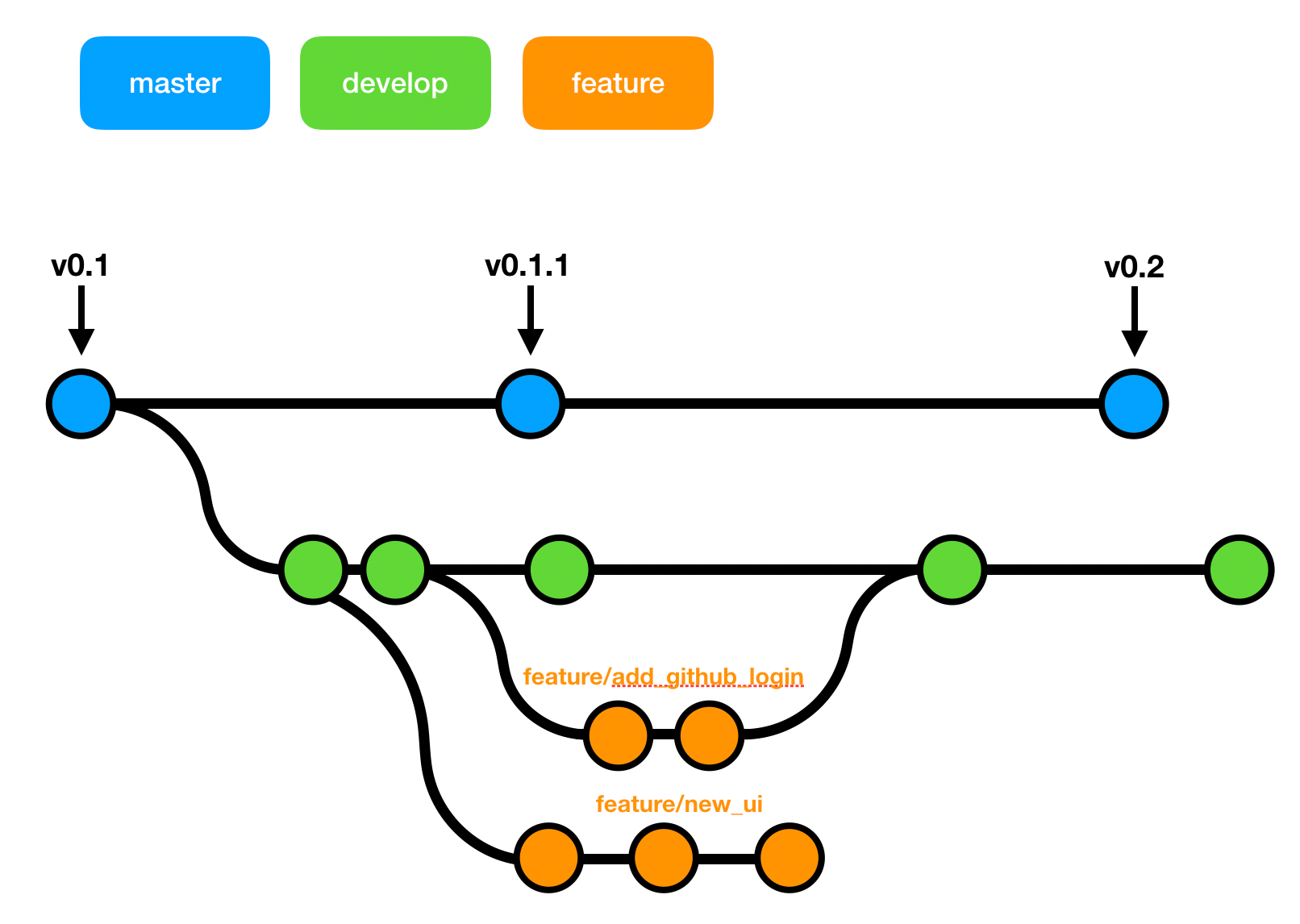
A GitFlow Explainer & How To Tutorial git Marc Backes Blog
How to Create a Git Branch and Switch to a New Branch. We can create a new branch and switch to it using the git checkout command with the -b option and

Git branch best practices Important git branch commands YouTube
7 Answers Sorted by: 361 git checkout -b BRANCH_NAME creates a new branch and checks out the new branch while git branch BRANCH_NAME creates a new branch but leaves you on the same branch. In other words git checkout -b BRANCH_NAME does the following for you.
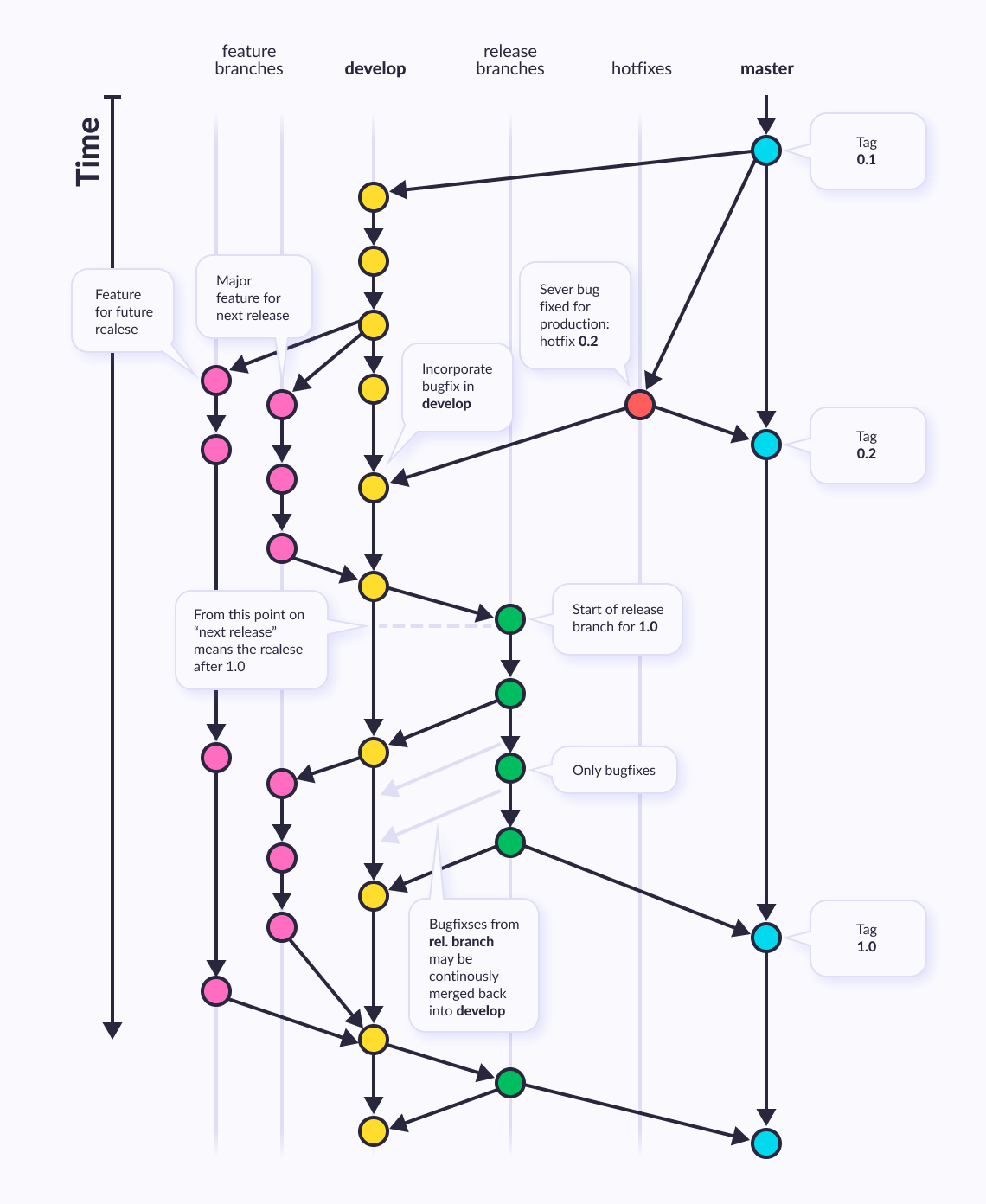
Everything You Need To Know About Git Branching Model
The git branch command lets you create, list, rename, and delete branches. It doesn't let you switch between branches or put a forked history back together again. For this reason, git branch is tightly integrated with the git checkout and git merge commands. Common options git branch List all of the branches in your repository.

GIT Branch and its Operations. An Easy Understanding Digital Varys
Git Branching and Merging: A Step-By-Step Guide In previous articles, you learned "How to Revert a Commit in Git" (a PowerShell Git tutorial) and "How to Merge in Git: Remote and Local Git Repositories Tutorial." You can…
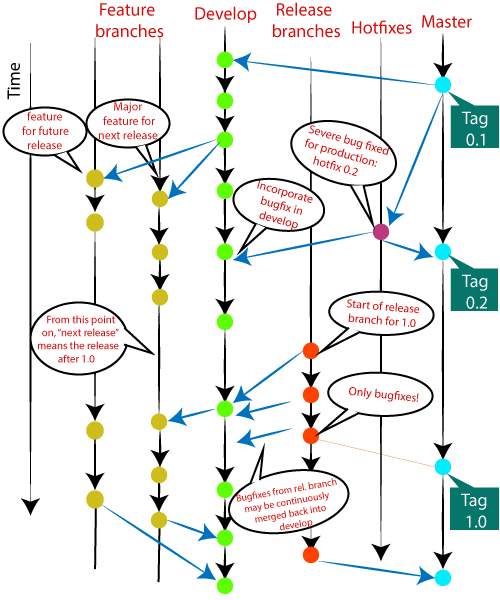
Git Flow / Git Branching Model VietMX's Blog
DESCRIPTION If --list is given, or if there are no non-option arguments, existing branches are listed; the current branch will be highlighted in green and marked with an asterisk. Any branches checked out in linked worktrees will be highlighted in cyan and marked with a plus sign.

GIT All about branching in GIT GIT GitHub GitLab YouTube
As the documentation of git branch explains, git branch --all (or -a) lists all the branches from the local repository, both the local and the remote tracking branches. A Git branch is just a pointer to a commit. A new repository (just created with git init) does not contain any commits. The current branch on a new repo is master but the master.

Git Branching Model — MAP Client latest documentation
Jul 26, 2023 Edward S. 3min Read How to Use a Git Branch Git is a tool used by developers to manage version control of their applications. It is highly popular and used by many important projects such as GNOME and others. It is also a fairly efficient application.
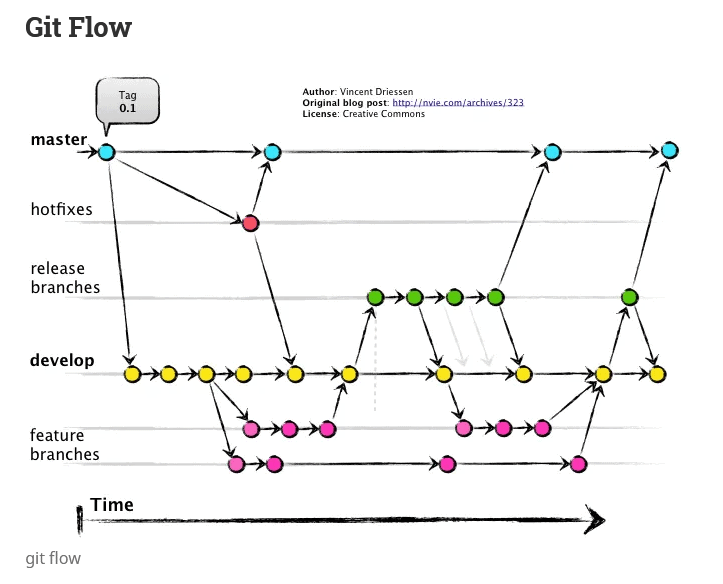
Basic Git for DBAs the Basics of Branches SQLServerCentral
Remote Branches Remote references are references (pointers) in your remote repositories, including branches, tags, and so on. You can get a full list of remote references explicitly with git ls-remote

Git Branch Modes Processes And Characteristics Medium
Prior to creating new branches, we want to see all the branches that exist. We can view all existing branches by typing the following: git branch -a. Adding the "-a" to the end of our command tells GIT that we want to see all branches that exist, including ones that we do not have in our local workspace.
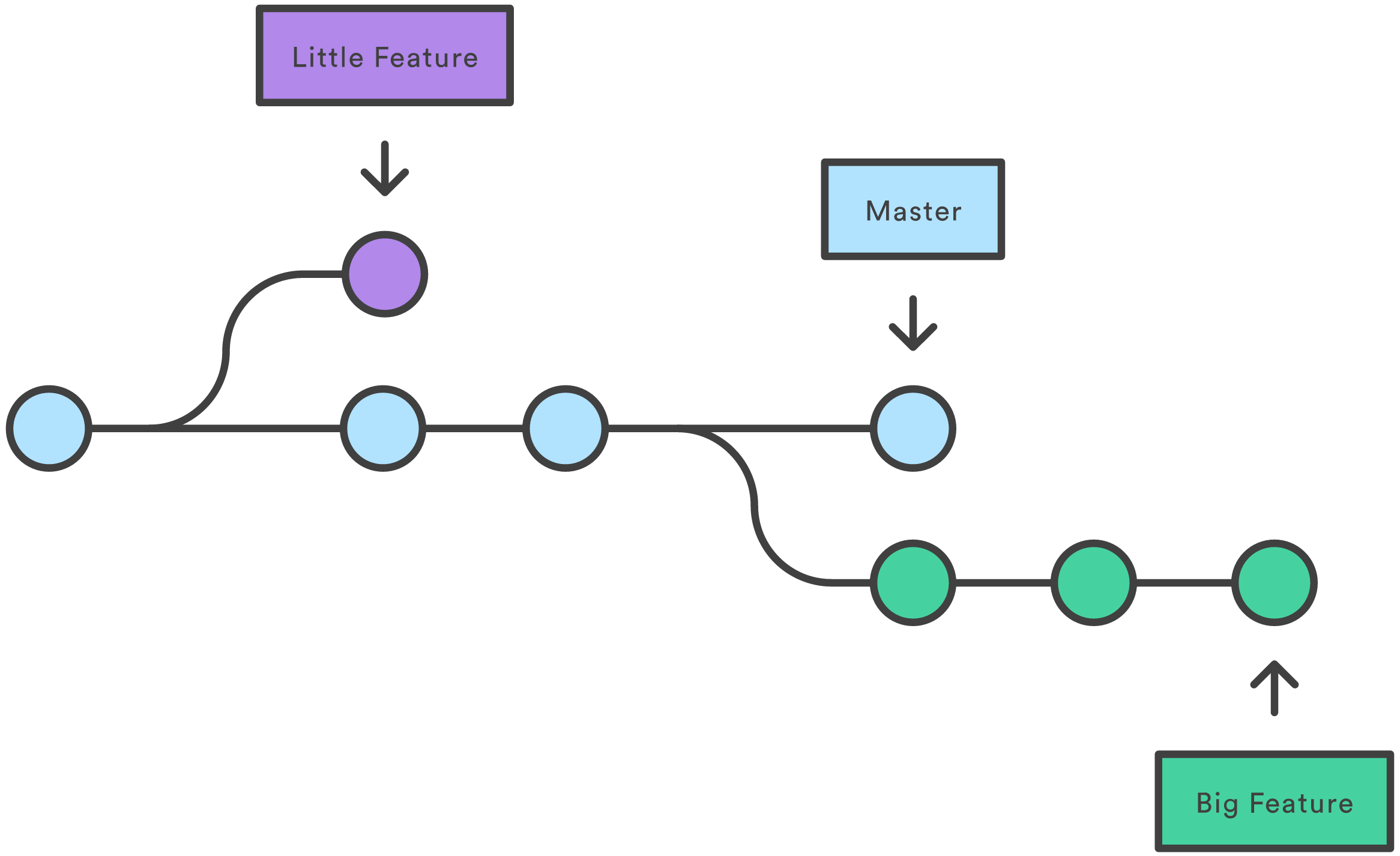
GitHub & GIT Tutorial
The "branch" command helps you create, delete, and list branches. It's the go-to command when it comes to managing any aspect of your branches - no matter if in your local repository or on your remotes. Important Options -v -a Provides more information about all your branches.
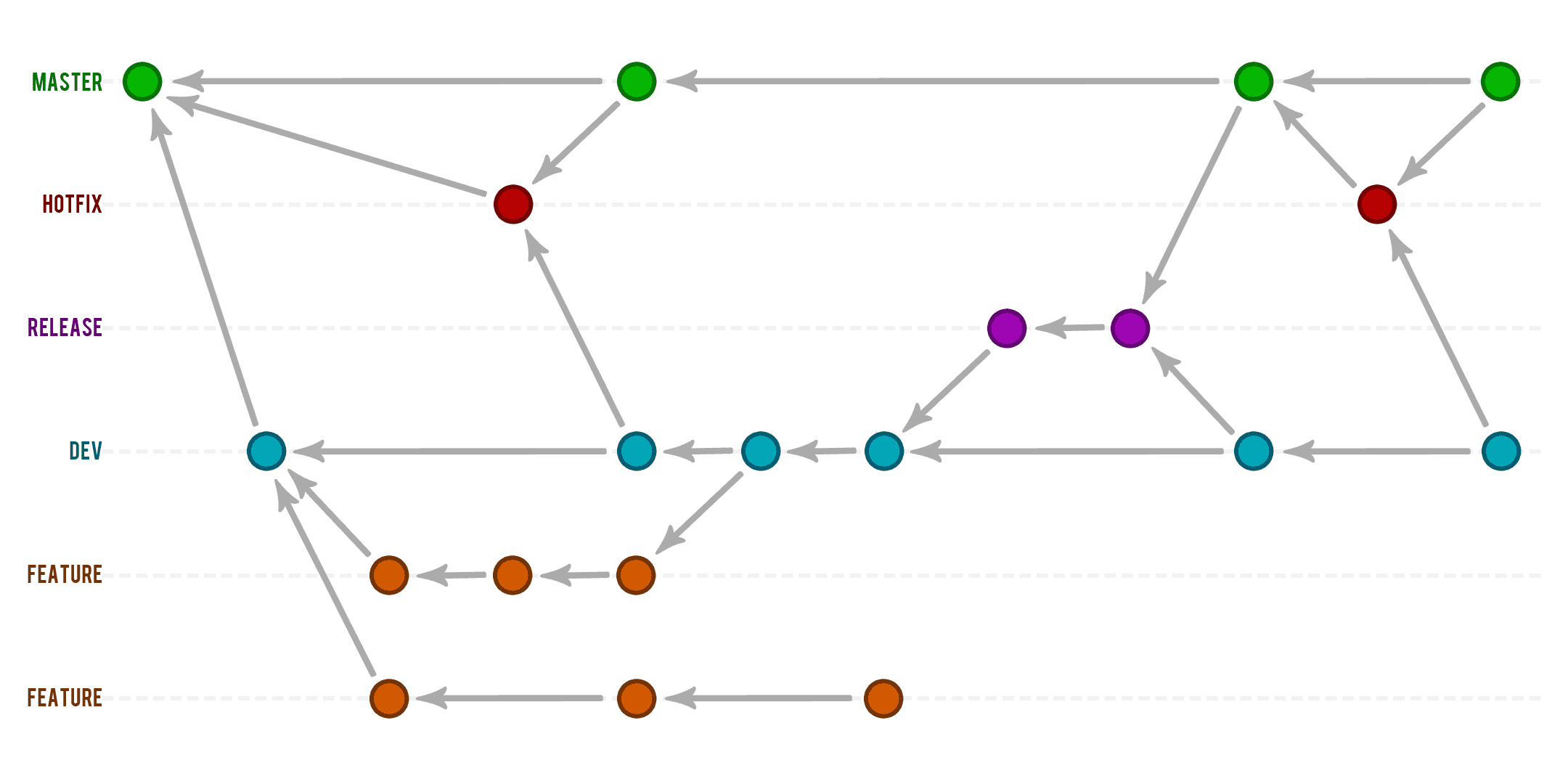
GIT Branching & Release Strategy Geoff Ford
The git branch command does more than just create and delete branches. If you run it with no arguments, you get a simple listing of your current branches: $ git branch iss53 * master testing Notice the * character that prefixes the master branch: it indicates the branch that you currently have checked out (i.e., the branch that HEAD points to).